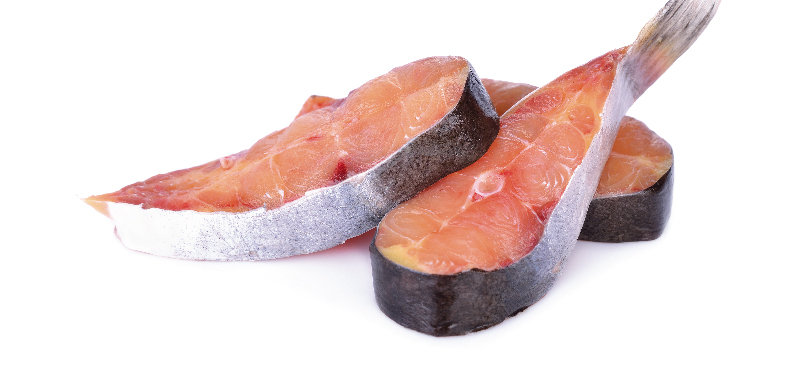
Are You Eating Swai Fish? 4 Reasons to Stop
Introduction:
Swai fish, a popular seafood option in many parts of the world, has sparked discussions regarding its nutritional value and potential health risks. While it may be readily available and affordable, it is essential to consider certain factors before including it in your diet. This article delves into the topic, providing four compelling reasons to reconsider the consumption of Swai fish.
1. Limited Nutritional Profile:
Swai fish, scientifically known as Pangasius hypophthalmus, offers a modest nutritional profile compared to other seafood choices. It contains relatively low levels of omega-3 fatty acids, which are widely recognized for their numerous health benefits. Additionally, Swai fish often lacks essential nutrients, such as vitamin D and vitamin B12, which are crucial for maintaining optimal health. To meet your dietary requirements adequately, it is advisable to explore alternative fish options that offer a more robust nutrient profile.
2. Uncertain Origin and Farming Practices:
One of the significant concerns associated with Swai fish revolves around its origin and farming practices. It is primarily imported from Southeast Asian countries, including Vietnam, where it is often farmed intensively. Reports suggest that these farming practices may involve the use of antibiotics and other chemicals to promote growth and prevent diseases. Such practices raise questions about the potential presence of contaminants in Swai fish and the long-term impact on human health. Opting for locally sourced fish or seeking certified sustainable seafood options ensures better transparency and reduces potential risks.
3. Lack of Strict Quality Control Standards:
Another reason to reconsider the consumption of Swai fish is the absence of stringent quality control standards in its production. Unlike other seafood, which may undergo rigorous testing and monitoring, Swai fish may not be subject to the same level of scrutiny. This lack of oversight increases the likelihood of encountering fish that fails to meet the desired quality and safety standards. To ensure you are consuming fish of high quality and safety, it is advisable to opt for fish varieties that adhere to established regulatory guidelines.
4. Environmental Impact:
The production of Swai fish on an industrial scale has raised concerns about its environmental impact. Intensive farming practices can contribute to water pollution, deforestation, and habitat destruction, thereby disrupting fragile ecosystems. Additionally, the transportation involved in importing Swai fish over long distances contributes to carbon emissions and exacerbates the carbon footprint. By choosing sustainable seafood options and supporting responsible fishing practices, you can actively contribute to the preservation of marine ecosystems and reduce environmental harm.
Conclusion:
While Swai fish may be accessible and affordable, it is crucial to carefully consider its nutritional value, farming practices, quality control standards, and environmental impact. Exploring alternative fish choices that offer superior nutritional benefits, opting for locally sourced and sustainably caught seafood, and being mindful of the potential risks associated with Swai fish can help you make informed decisions about your dietary choices. Prioritizing the long-term well-being of both yourself and the environment ensures a healthier and more sustainable future.